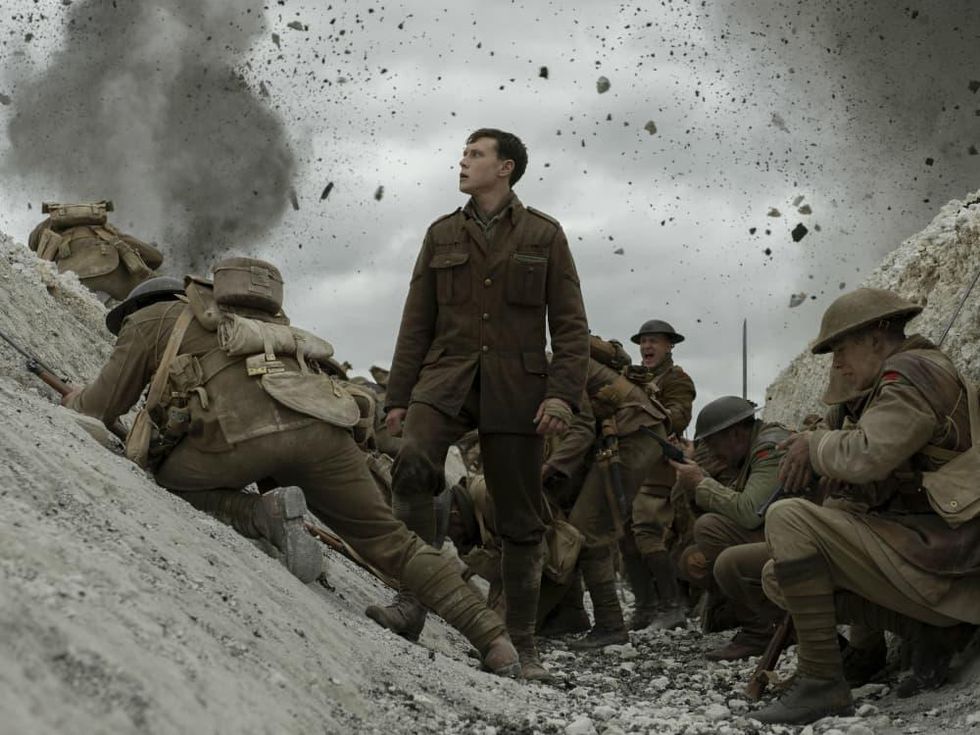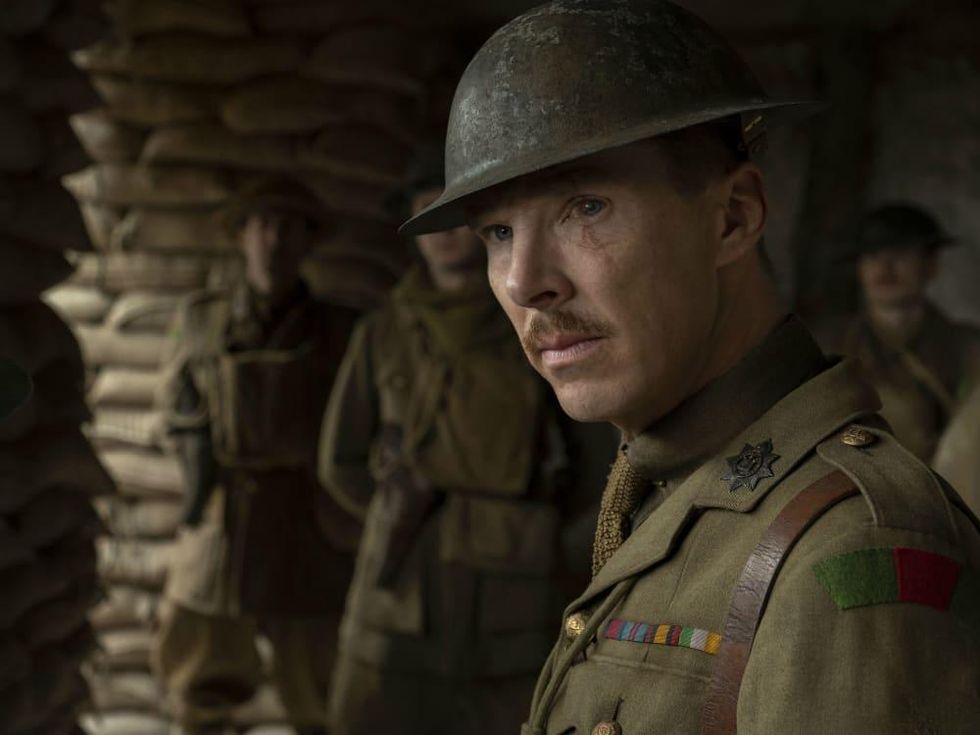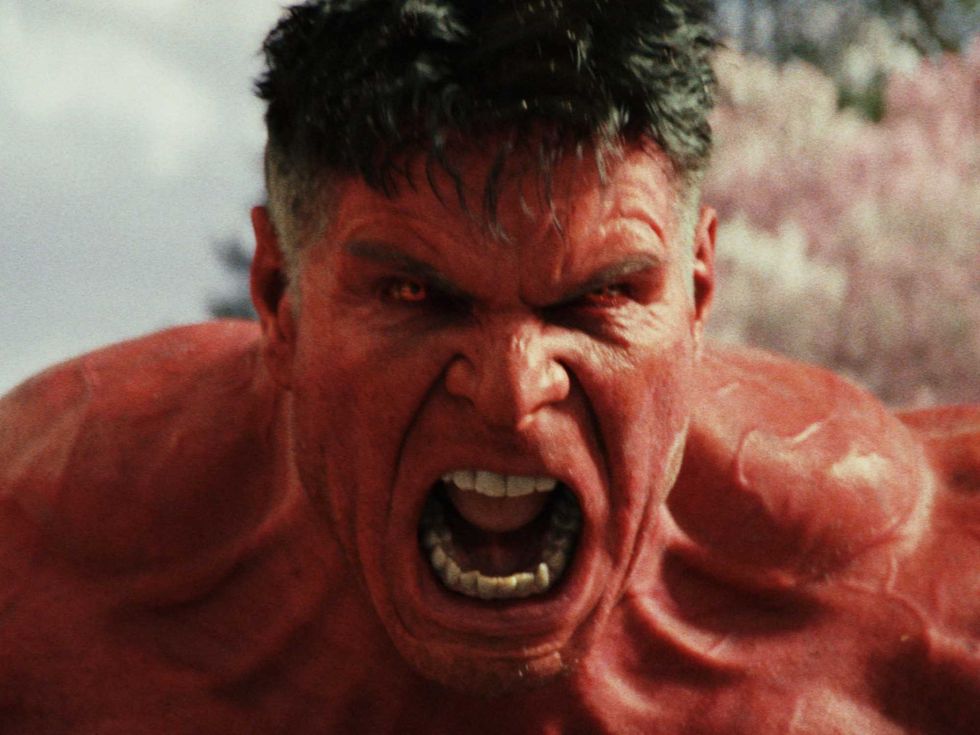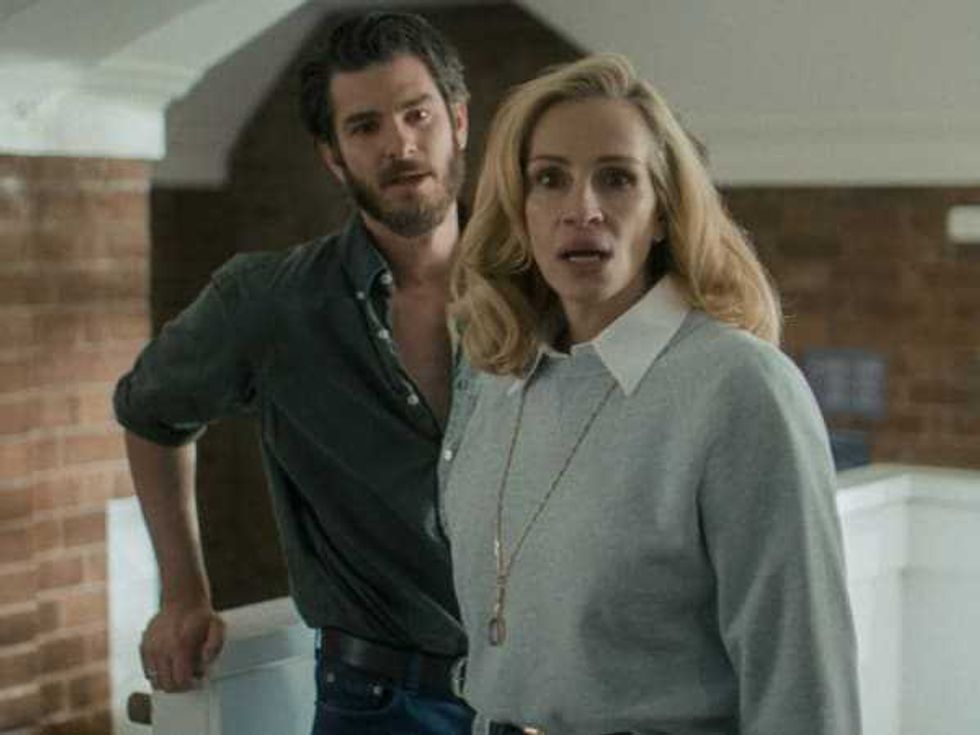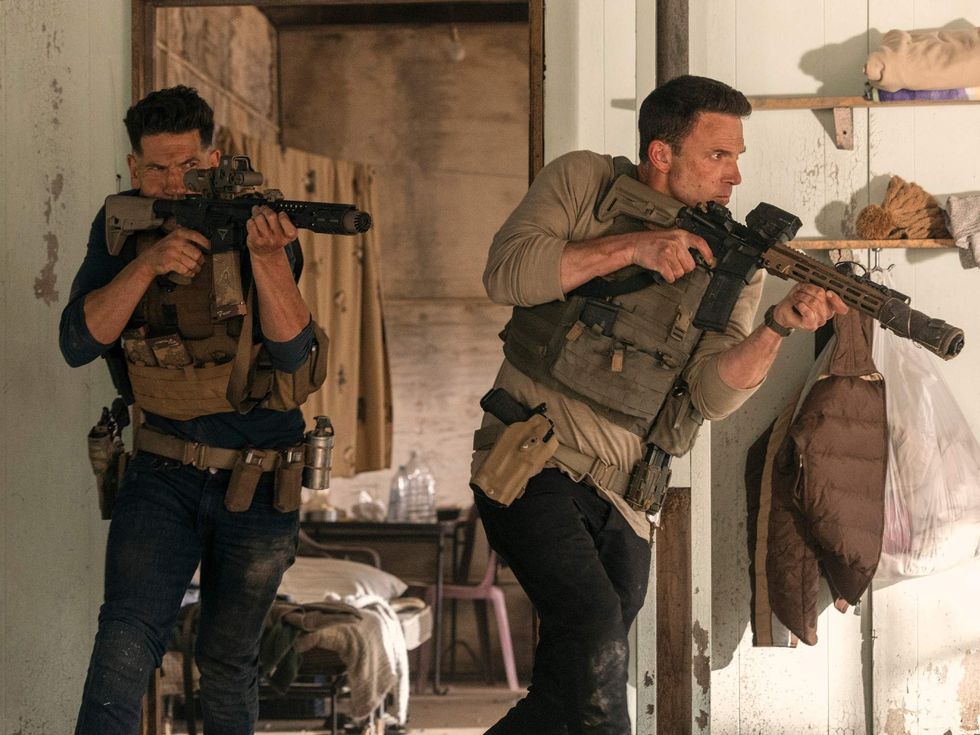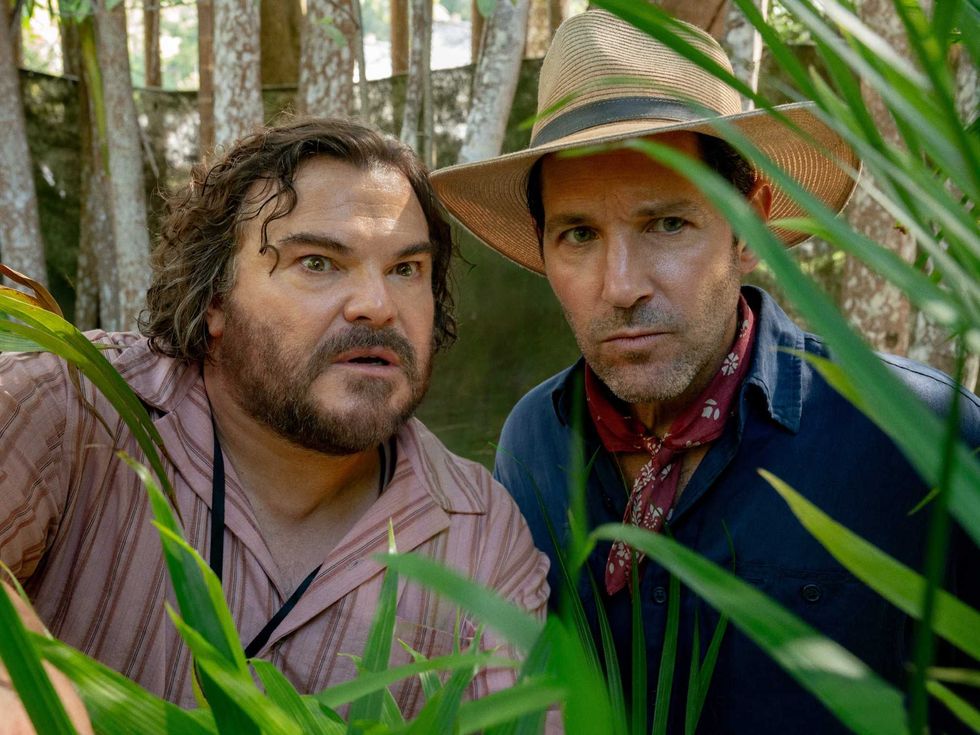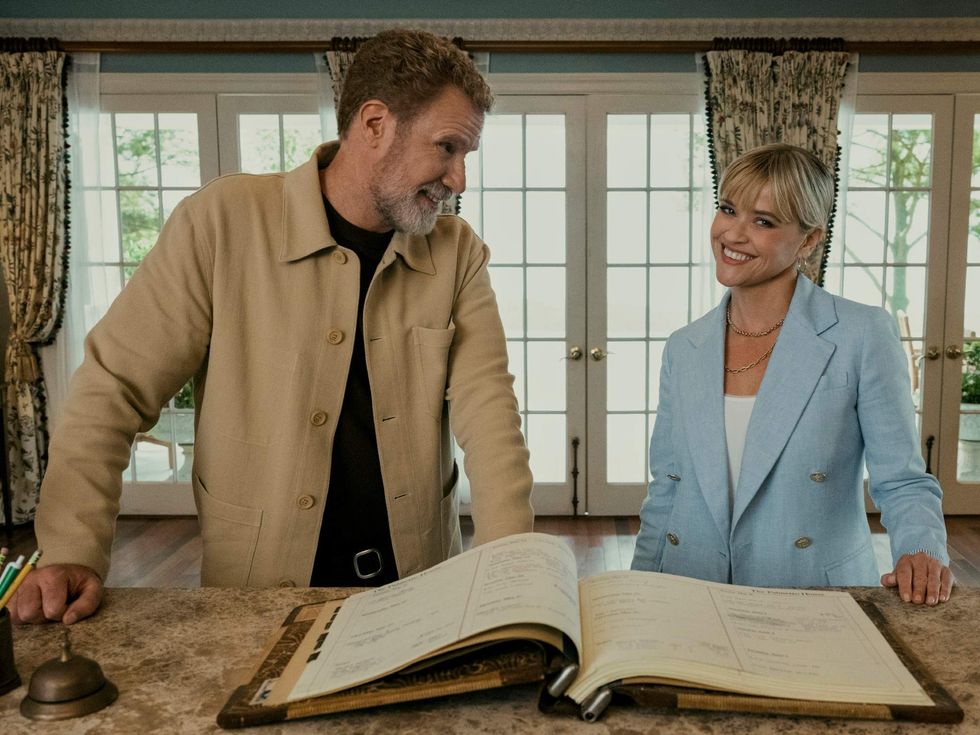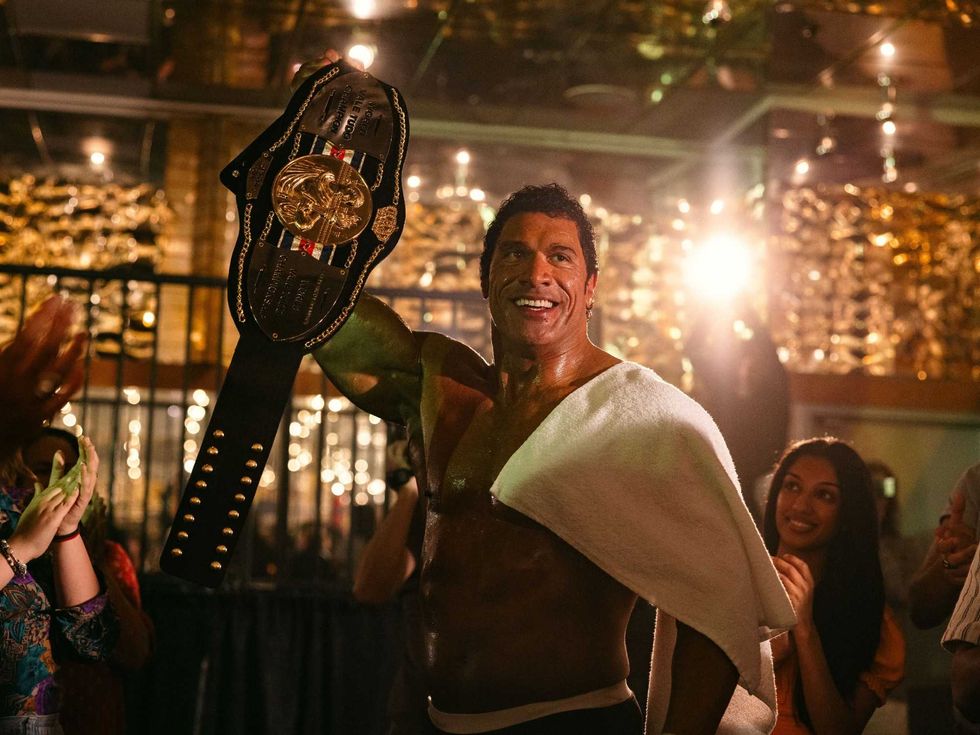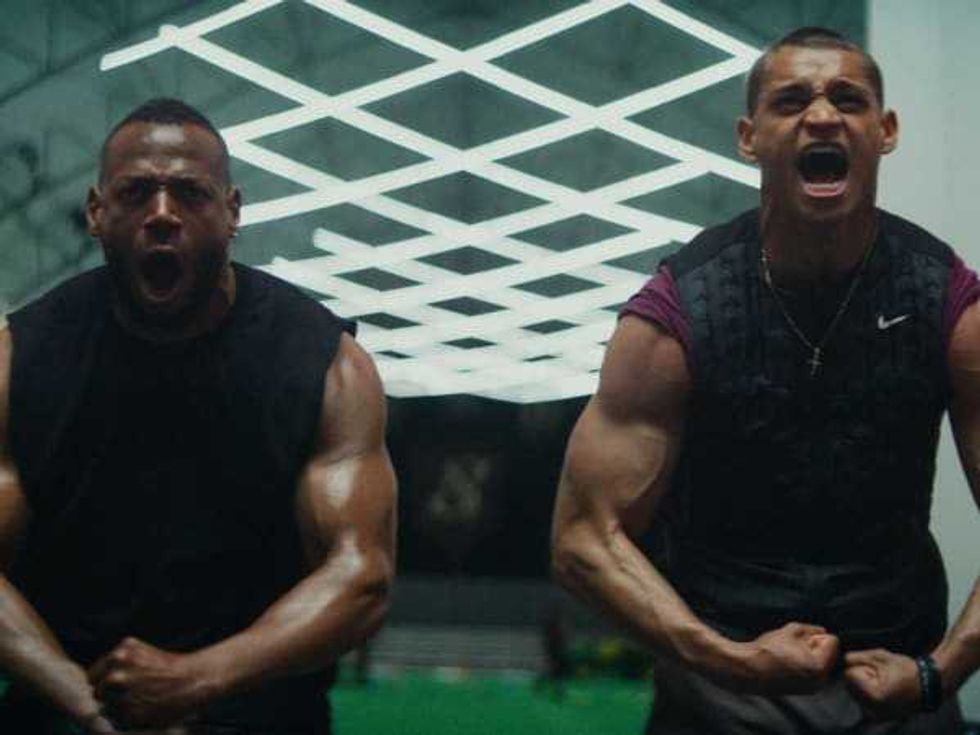Movie Review
Filmmaking choices cement 1917 as an all-time war movie
If you’re going to make a war movie in 2019, you’d better be sure you have a compelling reason for doing so. At this point in film history, it is very difficult to tell a story about war that hasn’t already been told. And while the new film from writer/director Sam Mendes, 1917, doesn’t break new ground in the storytelling department, it’s the way in which he tells it that is remarkable.
Set in the titular year in the latter part of World War I, the story centers on Private Blake (Dean-Charles Chapman) and Private Schofield (George Mackay), who have been tasked with delivering a crucial message to another battalion, one which happens to include Blake’s brother. To do so, however, they must traverse miles of trenches and battlefield that may or may not have been abandoned by the enemy forces.
It’s a simple premise rife with all sorts of dramatic possibilities made even more intense by the choice of Mendes and co-writer Krysty Wilson-Cairns to tell the story in one continuous shot. From the minute we meet the two privates to the end of their mission, there are only a few moments when the camera is not on them, and even then, it is to pan over to other significant characters or locations around them.
Of course, it’s clear that the movie is not really composed of one uninterrupted take, but rather a series of takes cleverly edited to make it seem as if the filmmakers never stopped shooting. It would take an ultra-trained eye to understand exactly where those cuts take place because, as presented, the experience is seamless.
It’s impossible to overstate how much this method increases the tension of the film. By never cutting, Mendes and his team almost never give the audience a chance to relax, as nearly every moment is crucial to the two men surviving and succeeding in their mission. Aiding in the unease is the subtle but ever-present score by composer Thomas Newman, a 14-time Oscar nominee who puts all his skills to use here.
Unlike a movie like Avengers: Endgame, where all of the battlefield carnage can be created in a computer, the story of 1917 requires that everyone involved literally get down in the mud. The level of verisimilitude is staggering, from the murky trenches to the bodies strewn across the ground to the blown-out buildings. The film needed the realism to accomplish its goals, and with master cinematographer Roger Deakins at the helm, every moment feels all too believable.
Chapman and Mackay are the heart and soul of the film, and both are riveting. They demonstrate a bond that comes across loud and clear in their performances. The film checks in with more bold-faced names like Colin Firth, Mark Strong, Andrew Scott, and Benedict Cumberbatch at various points, but the film belongs to Chapman and Mackay.
A closing dedication indicates how personal the film is to Mendes and Wilson-Cairns, and that depth of feeling is evident throughout. 1917 can safely be added to the list of movies that have expanded and enhanced our understanding of how truly brutal war can be.

